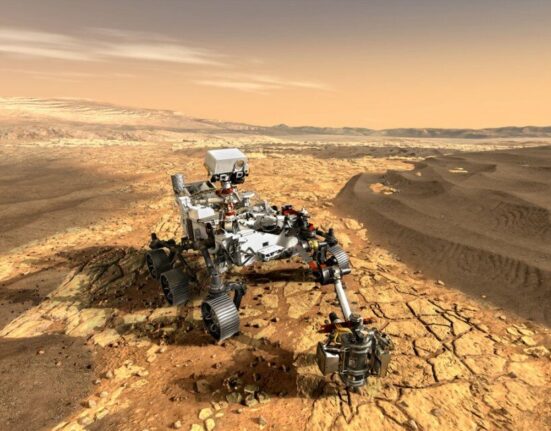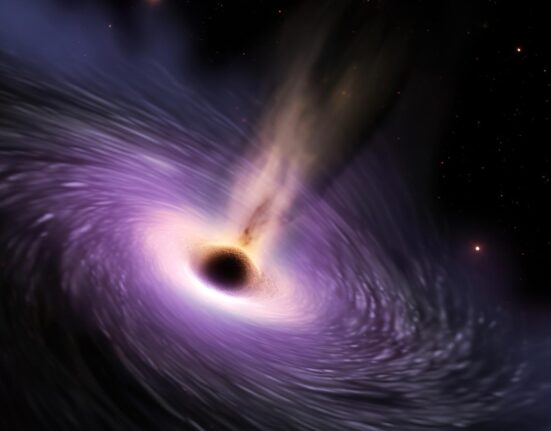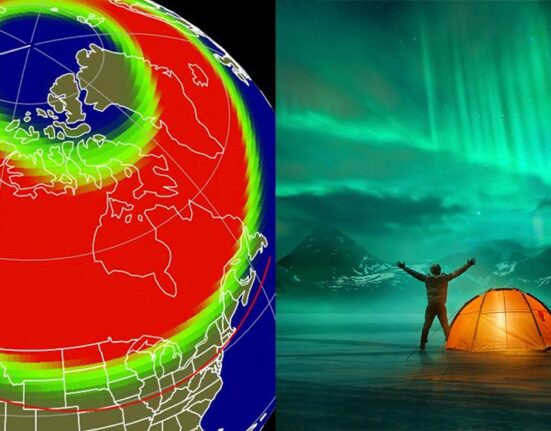For the third time in history, astronomers have stumbled upon a remarkable guest from the vastness of space—a comet hailing from another star system hurtling through our solar neighborhood. This newly discovered interstellar wanderer, initially named A11pl3Z and now designated as 3I/ATLAS, created quite a buzz in astronomical circles when it was sighted by a survey telescope in Chile on July 1.
As scientists unraveled its trajectory and delved into older sky surveys, they realized that this cosmic nomad had been silently traversing the depths of space even before its recent grand entrance into our celestial vicinity. With a trajectory seemingly set on a collision course with the sun but moving at such breakneck speed that it defies capture by our star’s gravitational pull, 3I/ATLAS stands out as a profound testament to the boundless mysteries of the cosmos.
“This is an extraordinary opportunity for us to observe an object from another stellar system making its way towards our sun,”
shares Pamela Gay, an esteemed astronomer based in Illinois. The distinctiveness of this discovery lies not only in its rarity but in the timing; unlike its predecessors, ‘Oumuamua and Borisov, which were spotted after passing their closest points to our star, 3I/ATLAS has granted scientists an extended window to study its journey up close.
One can’t help but marvel at the sheer scale of this interstellar traveler — potentially spanning up to 20 kilometers across and currently positioned just within Jupiter’s orbit. Scheduled for its closest approach to the sun come October, enthusiasts and researchers alike are gearing up for what promises to be a captivating spectacle visible from Earth well into 2026.
The scientific community is abuzz with anticipation as experts gear up to unlock the secrets held by this enigmatic interloper from beyond.
“We’re eager to examine 3I/ATLAS before it undergoes significant heating while venturing closer towards the inner solar system,”
remarks Chris Lintott from the University of Oxford. The potential insights offered by studying its composition could provide invaluable data shedding light on planetary formation processes prevalent throughout distant corners of our galaxy.
Beyond being an object of fascination for astronomers worldwide, 3I/ATLAS symbolizes a rare glimpse into alien realms—offering glimpses into distant planetary systems beyond our own. As Gay aptly puts it,
“It presents us with a unique chance to gather information about distant solar systems that would otherwise remain inaccessible.”
The quest doesn’t end here; with initiatives like citizen science participation and cutting-edge observatories such as the Vera Rubin Observatory coming online soon, hopes are high for more serendipitous encounters with celestial visitors like 3I/ATLAS. As Lintott humorously reflects on this unexpected find:
“It felt like a gift from the astronomy gods themselves—an amusing twist in our anticipation for future discoveries.”
In conclusion, as humanity stands witness to this extraordinary cosmic rendezvous with Interstellar Comet 3I/ATLAS embarking on its historic voyage through our solar system’s embrace, one thing remains certain—the allure of space continues to beckon us towards new horizons filled with wonder and discovery.









Leave feedback about this